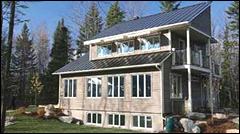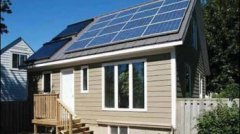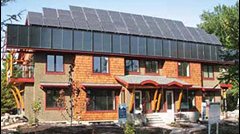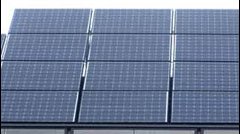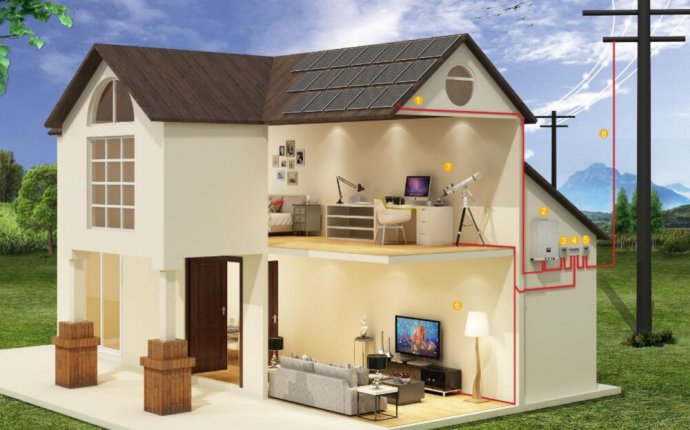
Photovoltaic home system
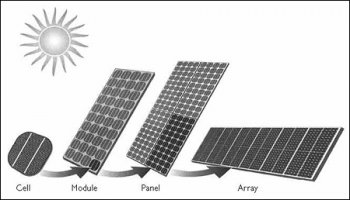
Photovoltaic System Overview
Photovoltaic (PV) systems are used to convert sunlight into electricity. They are a safe, reliable, low-maintenance source of solar electricity that produces no on-site pollution or emissions. PV systems incur few operating costs and are easy to install on most Canadian homes. PV systems fall into two main categories — off-grid and grid-connected. The “grid” refers to the local electric utility’s infrastructure that supplies electricity to homes and businesses. Off-grid systems are installed in remote locations where there is no utility grid available.
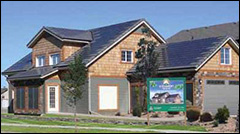 PV systems have been used effectively in Canada to provide power in remote locations for transport route signalling, navigational aids, remote homes, telecommunication, and remote sensing and monitoring. Internationally, utility grid-connected PV systems represent the majority of installations, growing at a rate of over 30% annually. In Canada, as of 2009, 90% of the capacity is in off-grid applications; however, the number of grid-connected systems continues to grow because many of the barriers to interconnection have been addressed through the adoption of harmonized standards and codes. In addition, provincial policies supporting grid interconnection of PV power have encouraged a number of building-integrated PV applications throughout Canada.
PV systems have been used effectively in Canada to provide power in remote locations for transport route signalling, navigational aids, remote homes, telecommunication, and remote sensing and monitoring. Internationally, utility grid-connected PV systems represent the majority of installations, growing at a rate of over 30% annually. In Canada, as of 2009, 90% of the capacity is in off-grid applications; however, the number of grid-connected systems continues to grow because many of the barriers to interconnection have been addressed through the adoption of harmonized standards and codes. In addition, provincial policies supporting grid interconnection of PV power have encouraged a number of building-integrated PV applications throughout Canada.
With rising electricity costs, concerns with respect to the reliability of continuous service delivery and increased environmental awareness of homeowners, the demand for residential PV systems is increasing. This About Your House aims to inform homeowners of what they need to consider before purchasing a system. The information presented will focus on grid-connected PV systems.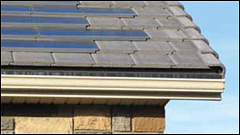 To learn more about off-grid applications, consult CMHC’s Research Highlight fact sheet Energy Use Patterns in Off-Grid Houses.
To learn more about off-grid applications, consult CMHC’s Research Highlight fact sheet Energy Use Patterns in Off-Grid Houses.
PV System Components
The most critical component of any PV system is the PV module, which is composed of a number of interconnected solar cells. PV modules are connected together into panels and arrays to meet various energy needs, as shown in Figure 1. The solar array is connected to an inverter that converts the Direct Current (DC) generated by the PV array into Alternating Current (AC) compatible with the electricity supplied from the grid. AC output from the inverter is connected to the home’s electrical panel or utility meter, depending on the configuration. Various AC and DC disconnects are installed to ensure safety when working on the systems.
